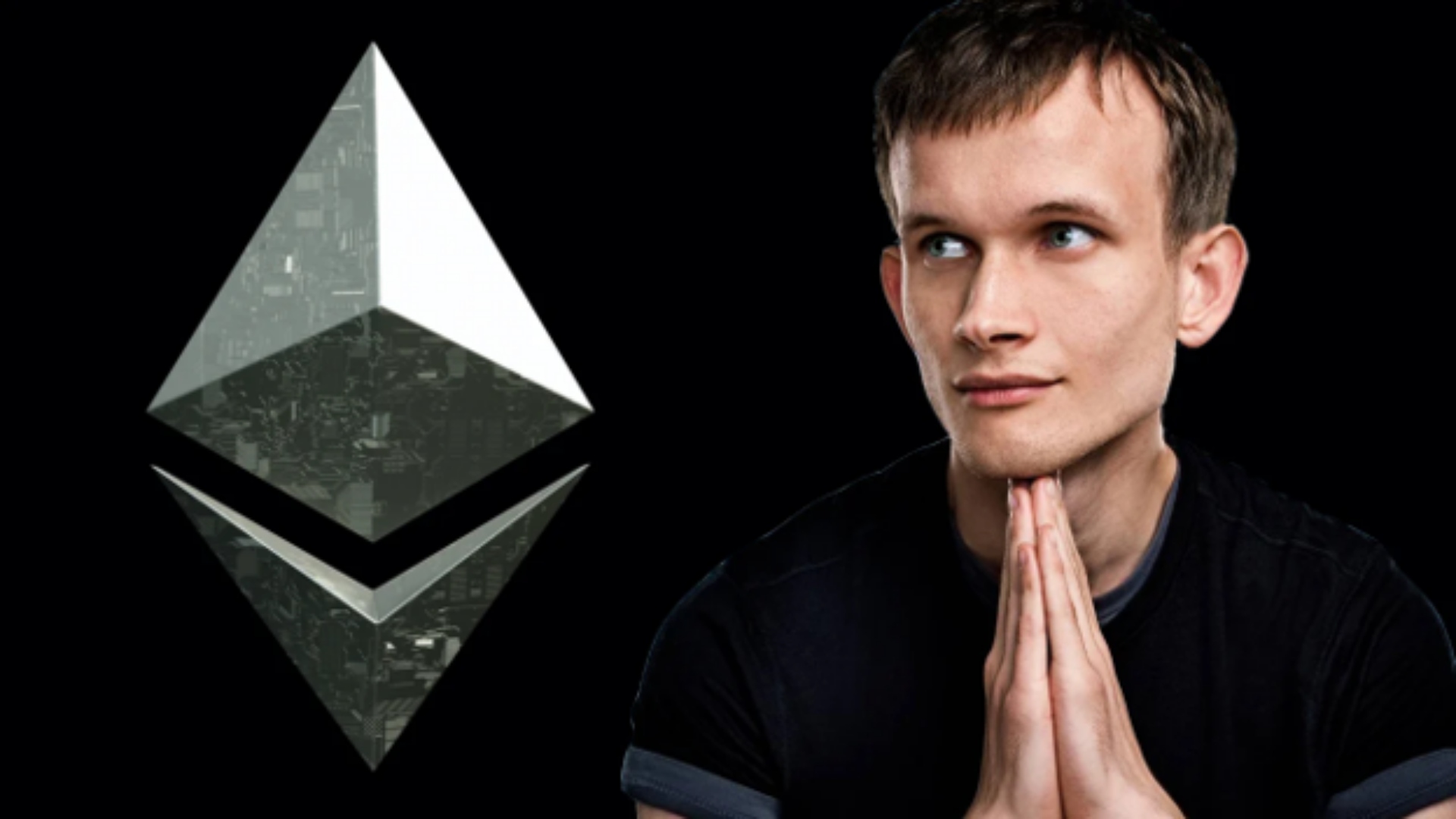The 2022 official transition of Ethereum from Proof-of-Work (PoW) to Proof-of-Stake (PoS), commonly referred to as Ethereum 2.0, was a groundbreaking development in the crypto industry. In response to potential “systemic complexity” in the PoS model, Ethereum co-founder Vitalik Buterin has proposed three innovative strategies to ease the pain of all Ethereum validators and foster seamless operations. This crypto article delves into the details of Buterin’s pathways, exploring their potential implications for Ethereum’s future.
Vitalik Buterin’s Three Pathways for Simplifying Ethereum’s PoS Model
As Ethereum 2.0 progresses, the successful implementation of the systems could address scalability challenges, streamline the PoS model, and enhance user-friendliness. Unfortunately, according to the latest DeFi news, complexity-related concerns regarding these new systems exist in the crypto market. Vitalik Buterin’s three pathways to simplify Ethereum’s PoS model mark a pivotal moment in the ongoing evolution of the Ethereum network. Let’s now explain in detail how to implement these solutions.
1. Incentivizing Validator Team Mergers
To encourage collaboration and efficiency, Buterin proposes raising the minimum Ether (ETH) required to run an Ethereum validator. By doing so, he aims to stimulate mergers between validator teams. This strategic move could consolidate resources, improve network performance, and foster a more collaborative ecosystem.
Buterin envisions a scenario where the consolidation of validator teams would lead to enhanced operational efficiency. By increasing the entry barrier through a higher minimum ETH requirement, the network encourages collaboration, discourages fragmentation, and ensures that validators are sufficiently capitalized. Moreover, this could create a more stable and robust PoS system for Ethereum.
2. Dividing Staking Layers
The Russian suggests splitting staking layers into two distinct categories. One layer would implement strict parameters, enhancing security and reliability. The other layer would offer more flexibility, potentially attracting a broader range of participants. This division aims to balance stringent security measures and inclusivity within the Ethereum ecosystem.
The division of staking layers presents an intriguing approach to accommodate different participant preferences. By providing options with varying parameters, Ethereum seeks to cater to security-focused participants and those who prioritize flexibility. This strategy enhances the adaptability of the PoS model and broadens the participation spectrum, promoting a more inclusive and diversified validator landscape.
3. Randomizing Validators
Introducing a mechanism for randomizing a set of validators from a pool of network participants is Buterin’s third proposal. This approach ensures diversity in the validators selected for each slot, maintaining the 8192 signatures currently required. By employing a random selection process, Ethereum aims to enhance decentralization and prevent concentration of power within the network.
The randomization of validators adds a layer of decentralization to Ethereum’s PoS model. By avoiding predictable patterns and introducing an element of chance, this strategy mitigates the risk of validator collusion and promotes a more democratic distribution of power. This approach aligns with the ethos of decentralization, a core principle of blockchain technology.
Implications and Challenges
Vitalik’s proposal will have some significant implications for the growing crypto industry. Moreover, these new speculations will also require some adjustment as challenges accompany them. Here are the implications of implementing these new proposals.
Improved Scalability
Successfully implementing Buterin’s proposals promises to improve Ethereum’s scalability significantly. Reducing validator set size, incorporating data availability sampling, and introducing new signature schemes collectively contribute to a more scalable PoS model. Therefore, this condition could facilitate increased transaction throughput and overall network efficiency.
The enhancement of scalability is a critical milestone for Ethereum, addressing one of the longstanding challenges associated with blockchain networks. As the network processes more transactions per second, Ethereum can compete with traditional payment systems, further solidifying its position as a versatile and scalable blockchain platform.
Simplified Implementation
Simplifying Ethereum’s PoS model ensures a seamless transition and widespread adoption. By reducing complexity, Ethereum becomes more accessible to new participants and developers. This scene, in turn, fosters a user-friendly environment and encourages broader participation in the Ethereum ecosystem.
A simplified PoS model attracts new participants and encourages developers to build on the Ethereum platform. Reduced complexity minimizes the learning curve for users and developers, making Ethereum an attractive option for a broader audience. This simplicity could contribute to a more vibrant and diverse ecosystem of decentralized applications (DApps) and smart contracts.
Potential Challenges and Trade-Offs
While the proposals offer promising solutions, potential challenges and trade-offs must be carefully considered. Fundamental changes to Ethereum’s consensus mechanism demand a thorough evaluation of security implications, possible centralization risks, and community acceptance. Implementing these changes may also require updates to existing smart contracts and decentralized applications (DApps) built on the Ethereum blockchain.
These proposals’ potential challenges and trade-offs underscore the delicate balance that must be maintained. Striking the proper equilibrium between security, decentralization, and community acceptance is crucial. Ethereum’s commitment to iterative development, community involvement, and open dialogue will be pivotal in navigating these challenges and refining the PoS model.
Community Feedback and Iterative Development
Buterin’s proposals are not rigid directives but starting points for community discussion and iterative development. Ethereum’s strength lies in its vibrant and engaged community. As these proposals are discussed, refined, and implemented, the collective intelligence of the Ethereum community will play a crucial role in shaping the future of the network.
Community involvement is a cornerstone of Ethereum’s ethos. The decentralized nature of blockchain technology encourages active participation and feedback from its users. As the community engages with Buterin’s proposals, the iterative development process will refine these pathways, addressing concerns and incorporating diverse perspectives. This collaborative approach ensures that changes to Ethereum’s PoS model align with the collective vision of its user base.
Conclusion
The coming months in 2024 will likely witness further community engagement, crypto news, feedback, and iterative development, reinforcing Ethereum’s commitment to innovation and collaborative progress. Implementing Vitalik’s pathways is not merely a technical upgrade but a collaborative effort to shape the future of decentralized finance and applications. With a commitment to sustainability, scalability, and inclusivity, the Ethereum network is poised to maintain its position as a leading blockchain platform, offering a robust foundation for the decentralized future of the digital economy.



























